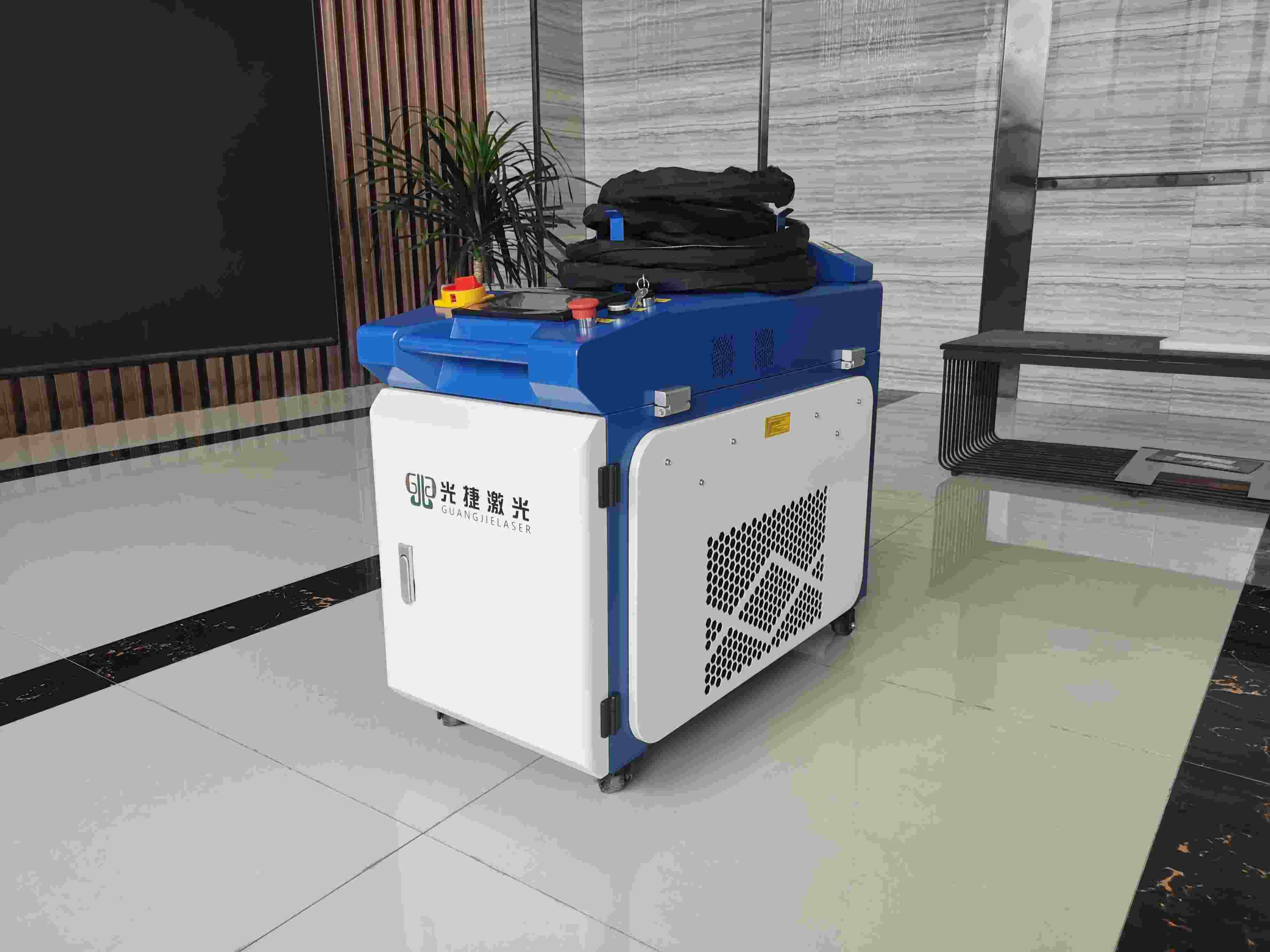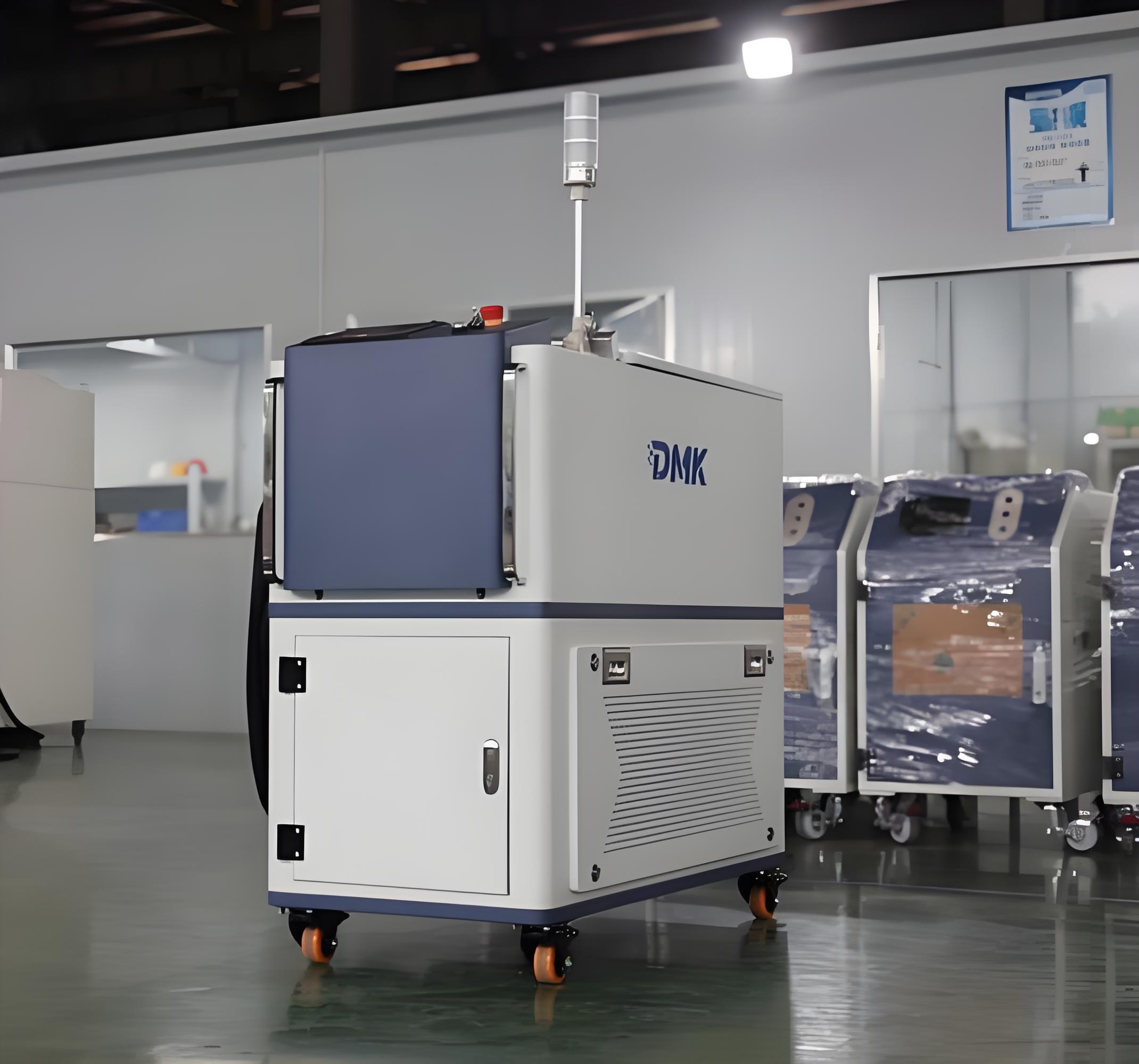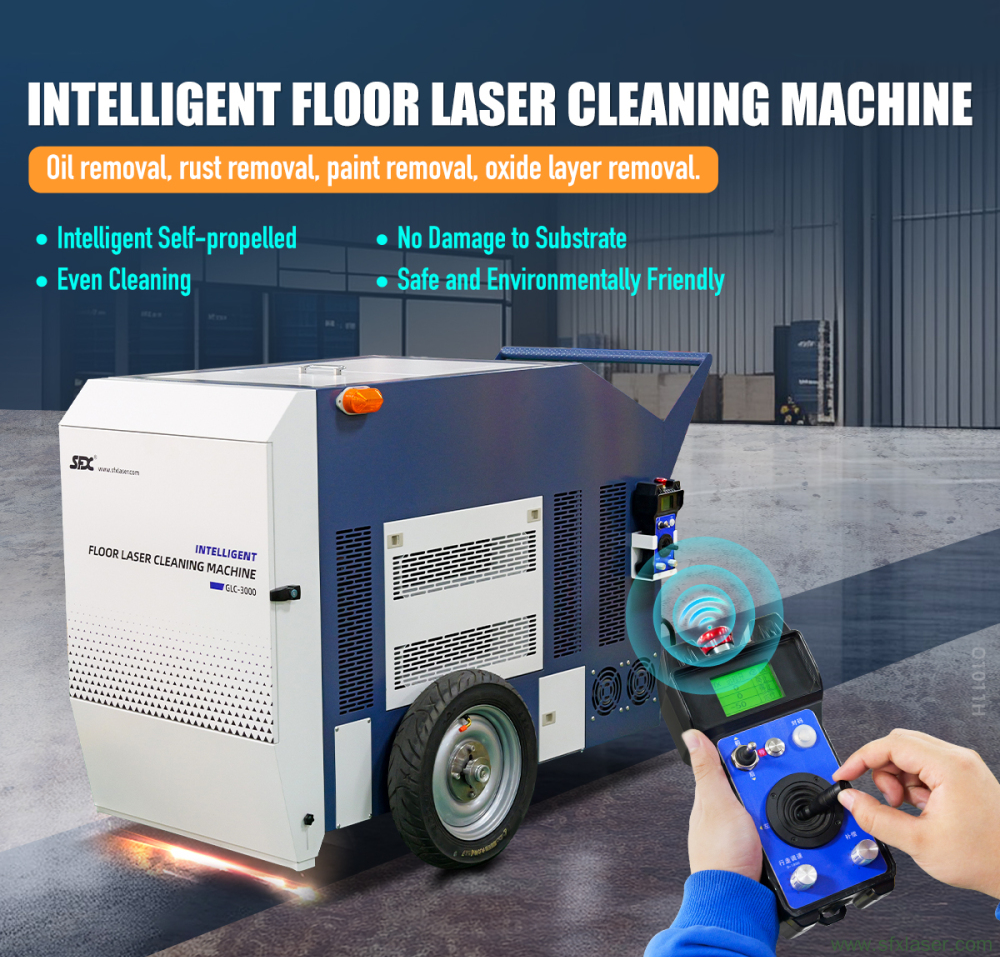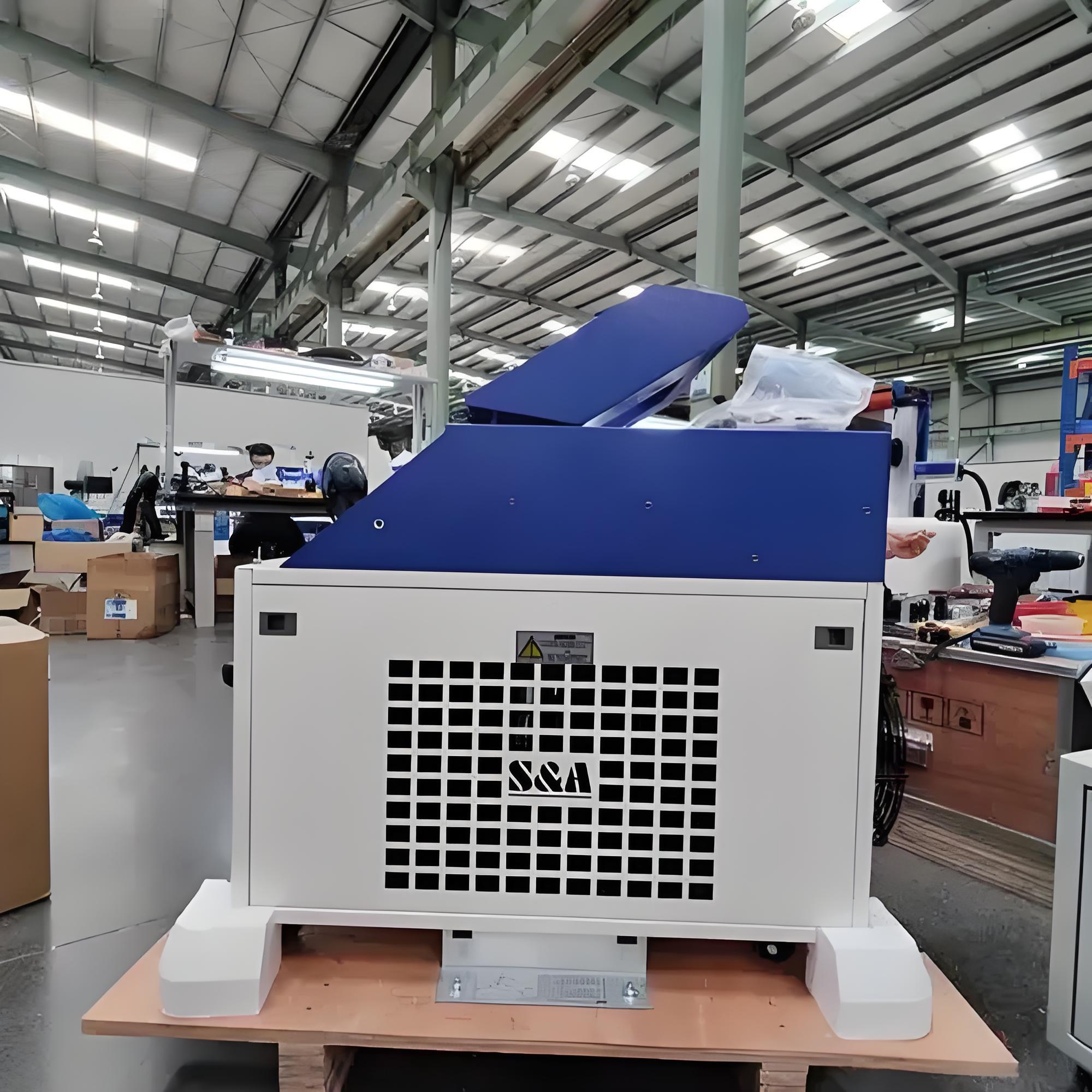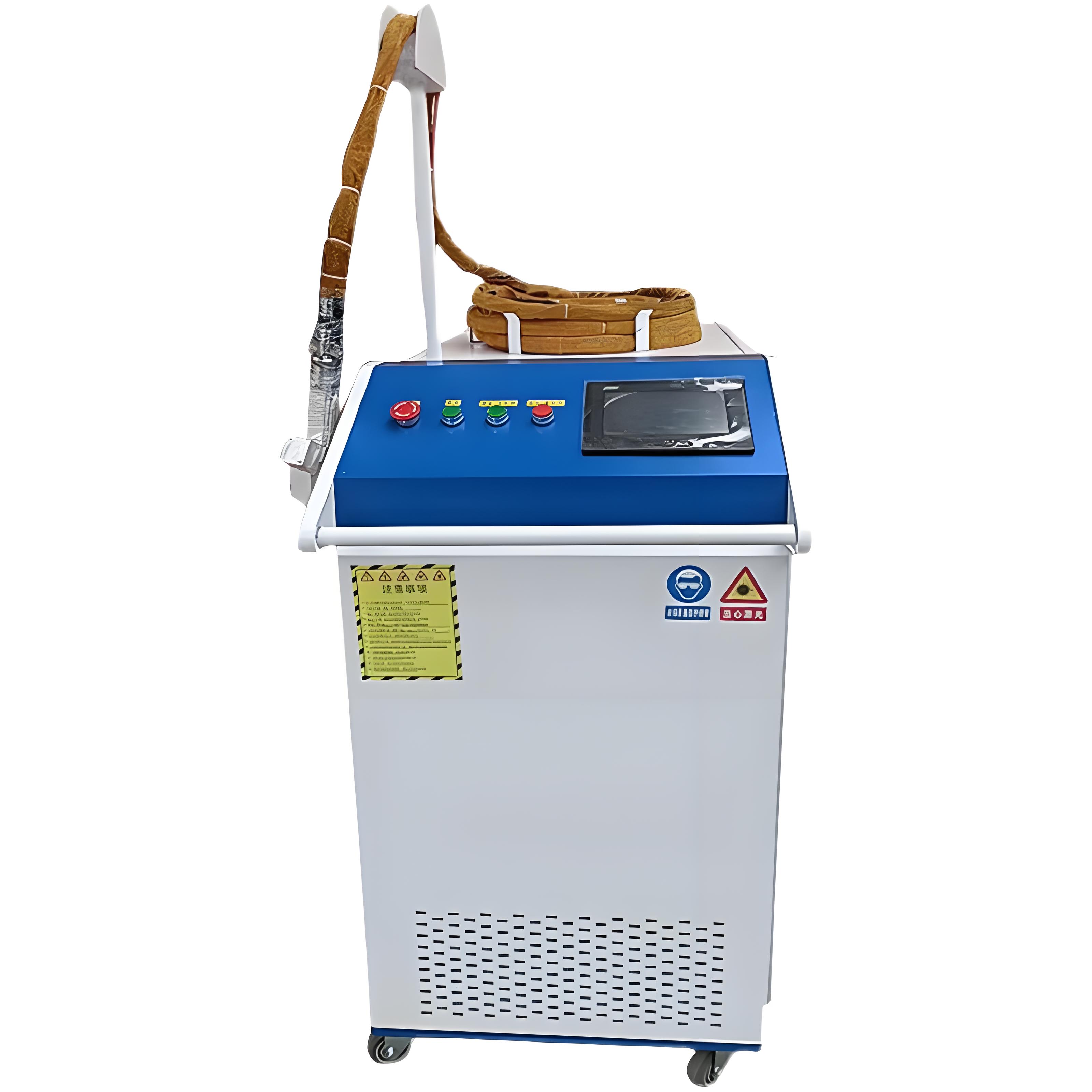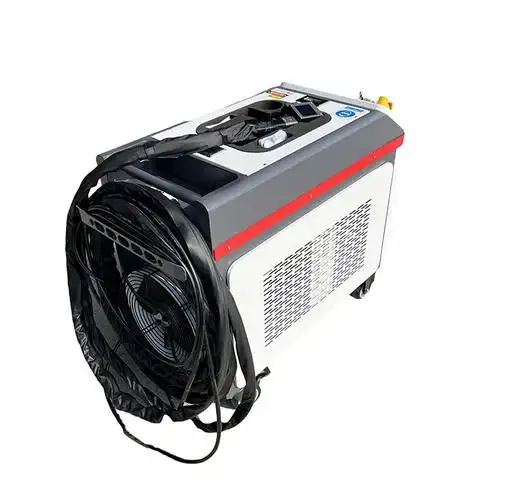Having spent years working with industrial cleaning technologies, I’ve seen firsthand how laser rust removal machines have transformed the way we tackle corrosion. These machines are a far cry from the sandblasters and chemical baths I started with in my early days. They’re precise, eco-friendly, and incredibly efficient, making them a go-to for industries like automotive, aerospace, and manufacturing. If you’re curious about what makes a professional laser rust removal machine tick, you’re in the right place. Let’s break down the core functions of these machines, why they matter, and how they solve real-world problems, all from the perspective of someone who’s been in the trenches.

Understanding the Need for Laser Rust Removal
When I first encountered rust issues in a factory setting, we relied on abrasive methods that were messy, time-consuming, and sometimes damaged the metal. Clients often asked for a cleaner, faster solution that wouldn’t compromise the material’s integrity. That’s where laser rust removal machines come in. They’re designed to remove rust, oxides, and other contaminants from metal surfaces with pinpoint accuracy, all while being kind to the environment. Whether you’re restoring a vintage car or maintaining heavy machinery, these machines offer a modern solution to an age-old problem.
1. Laser Ablation: The Heart of Rust Removal
The cornerstone of any professional laser rust removal machine is its ability to perform laser ablation. This process uses a high-energy laser beam to target rust or contaminants on a metal surface. The laser heats the rust, causing it to vaporize or break apart without affecting the underlying metal.
In my experience, this function is a game-changer. I once worked on a project restoring old ship components where traditional methods would’ve eaten away at the metal’s surface. With laser ablation, we cleaned intricate parts in hours, not days, preserving every detail. The key here is selectivity—the laser targets only the rust due to its different energy absorption properties, leaving the metal untouched.
2. Precision Control and Adjustable Settings
A professional laser rust removal machine isn’t a one-size-fits-all tool. It comes with adjustable settings that let you fine-tune the laser’s power, pulse duration, and frequency to suit the job. This flexibility is critical when working with different metals or rust thicknesses.
For instance, I’ve used low-power settings (20W–100W) for delicate tasks like cleaning antique tools, where even a scratch could ruin the piece. For heavier industrial jobs, like removing thick rust from steel beams, I’d crank up the power to 500W or more. Most machines have user-friendly interfaces—think touchscreens or preset programs—that make these adjustments intuitive, even for new operators.
Why It Matters: This precision means you can tackle a range of projects, from delicate restoration to heavy-duty industrial cleaning, without needing multiple machines.
3. Non-Contact Cleaning
One of the standout features of laser rust removal is that it’s a non-contact process. Unlike sandblasting or wire brushing, which physically scrape the surface, the laser never touches the metal. This eliminates the risk of scratches, dents, or material loss.
I remember a client who needed to clean rust off aerospace components. Any surface damage could compromise safety, so we opted for a laser machine. The result? A pristine surface ready for inspection, with zero structural impact. This function is especially valuable for high-value or precision parts where integrity is everything.
4. Environmental Friendliness
In my early years, I dealt with chemical rust removers that required careful disposal and protective gear. Laser rust removal machines, on the other hand, are eco-friendly. They don’t use chemicals, produce hazardous waste, or require consumables like sand or abrasives. The only byproduct is vaporized rust, which is captured by a dust and fume extraction system.
This feature has saved me countless headaches with environmental compliance. In one factory I managed, switching to laser cleaning cut our waste disposal costs by 20% and kept us in line with strict regulations. It’s a win for both the planet and the bottom line.
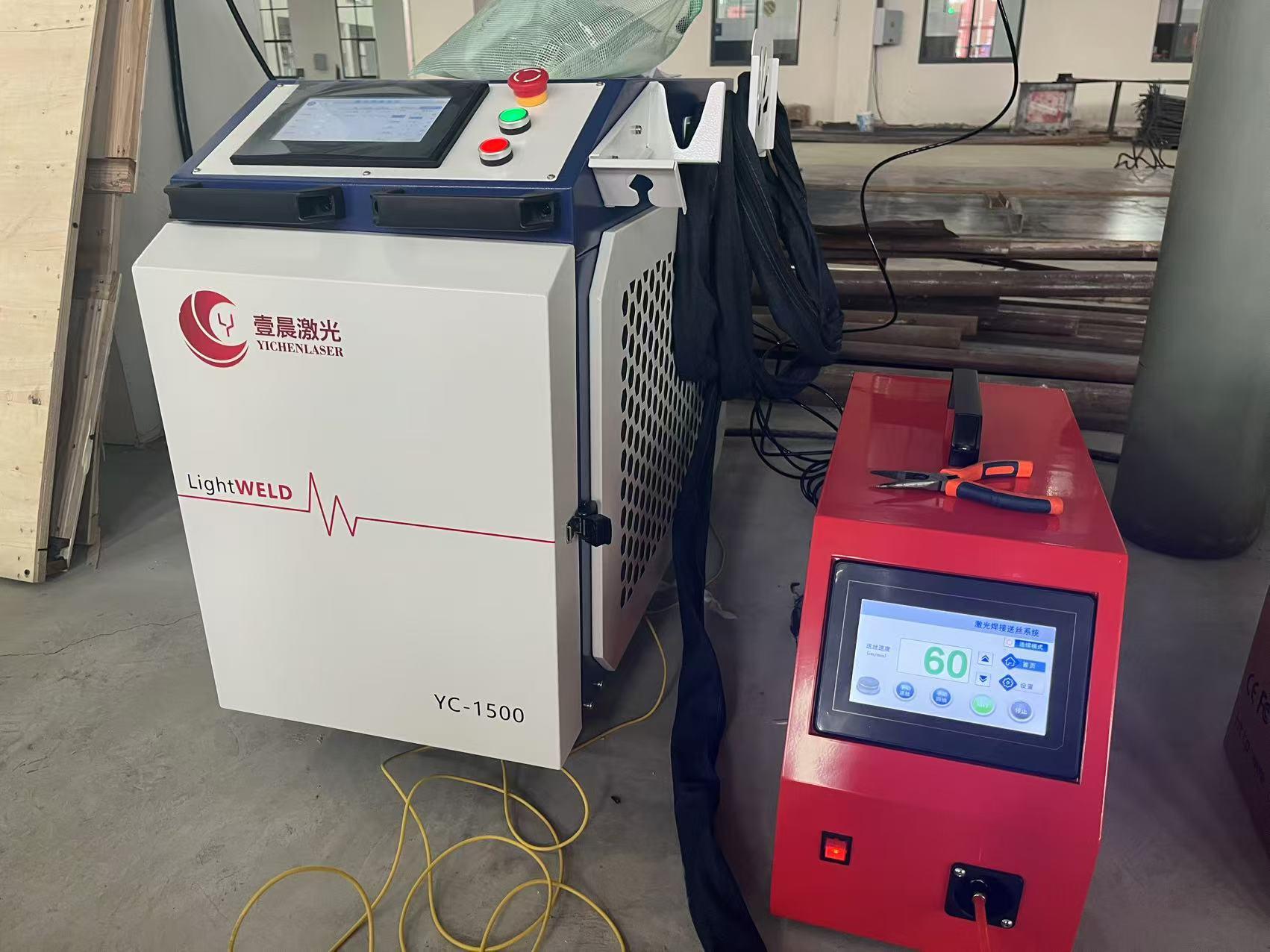
5. Dust and Fume Extraction
Speaking of byproducts, professional laser rust removal machines come equipped with dust and fume extraction systems. When the laser vaporizes rust, it creates fine particles that need to be safely removed from the air. These systems use filters or vacuums to capture debris, ensuring a clean and safe workspace.
I’ve seen poorly designed systems lead to clogged filters or dusty work areas, so I always recommend checking the extraction system’s capacity before buying. A good system keeps your team safe and your workspace compliant with health standards.
6. Portability and Versatility
Not every job happens in a workshop. That’s why many laser rust removal machines are designed for portability. Handheld models, weighing as little as 5–15kg, are perfect for on-site work, like cleaning rust off bridges or ship hulls. Meanwhile, stationary or robotic systems handle high-volume tasks in factories.
I once took a handheld unit to a construction site to clean rust off structural beams. The ability to carry the machine to hard-to-reach areas saved us from dismantling heavy parts. This versatility makes laser machines suitable for industries ranging from automotive to cultural heritage preservation.
7. Safety Features
Safety is a top priority in any industrial setting, and professional laser rust removal machines are packed with safety features. These include:
Class 1 Laser Enclosures: Prevent beam escape, protecting operators from exposure.
Automatic Shut-Off Systems: Stop the laser if safety parameters are breached.
Real-Time Monitoring: Ensures beam integrity and alerts operators to issues.
Protective Eyewear Compatibility: Auto-darkening goggles for operator safety.
In my career, I’ve seen how these features reduce accidents. Training is still essential, but these built-in safeguards make laser machines some of the safest tools in the industry.
8. Automation and Integration
For large-scale operations, many machines offer automation capabilities. They can be integrated with robotic arms or production lines for consistent, high-throughput cleaning. This is a lifesaver in manufacturing, where downtime is costly.
I worked with a factory that integrated a 1000W laser system into their assembly line. It cleaned parts faster than manual methods, cutting production time by 15%. Even for smaller setups, automated features like preset cleaning patterns can reduce operator fatigue and improve consistency.
Key Functions Comparison Table
Here’s a quick look at the core functions of professional laser rust removal machines, their benefits, and typical applications:
|
Function |
Benefit |
Typical Application |
Power Range |
|---|---|---|---|
|
Laser Ablation |
Precise rust removal without damage |
Automotive, aerospace |
20W–2000W |
|
Adjustable Settings |
Customizable for different tasks |
Restoration, industrial cleaning |
20W–1000W |
|
Non-Contact Cleaning |
No surface damage |
Precision parts, artifacts |
50W–500W |
|
Dust/Fume Extraction |
Clean, safe workspace |
All industries |
Varies by system |
Note: Power ranges depend on the machine type (handheld, portable, or industrial).
Practical Insights from the Field
Over the years, I’ve learned that choosing the right laser rust removal machine depends on your specific needs. For small shops or DIY enthusiasts, a handheld 50W–200W model is often enough. They’re affordable (starting around $5,000) and versatile for tasks like car restoration. For industrial settings, a 500W–1000W system offers the speed and power needed for large-scale jobs, though costs can climb to $100,000 or more.

One lesson I’ve carried with me is the importance of maintenance. Regular cleaning of the laser lens and calibration checks can extend a machine’s life by years. I once saw a team neglect their cooling system, leading to overheating and a costly repair. Follow the manufacturer’s maintenance schedule, and you’ll avoid similar headaches.
Another tip: test before you buy. Many suppliers offer demos, which I always recommend. When I was outfitting a new workshop, we tested three models to find the one that best handled our mix of steel and aluminum parts. It saved us from investing in a machine that wasn’t quite right.
Addressing Common Concerns
I often get asked about the learning curve for these machines. While they’re high-tech, most modern units are designed with user-friendly interfaces. After a day of training, my team was able to operate a handheld model with confidence. For complex systems, I’d budget a week for thorough training, especially if you’re integrating automation.
Cost is another big question. Yes, the upfront price is higher than traditional tools, but the savings add up. No consumables, less labor, and minimal waste mean you’re often breaking even within a couple of years. For occasional users, renting a machine or hiring a professional service can be a smart move.
The Bigger Picture: Why Laser Rust Removal Matters
Laser rust removal isn’t just about cleaning metal—it’s about extending the life of valuable assets, reducing environmental impact, and improving workplace safety. In my career, I’ve seen companies transform their operations by adopting this technology. A shipyard I worked with cut maintenance time by 30% after switching to laser cleaning, allowing them to take on more contracts.
The technology is also evolving fast. Newer models are lighter, more energy-efficient, and even offer remote control options. Keeping an eye on these trends has helped me stay ahead in the industry, and I encourage anyone considering a laser machine to do the same.
Final Thoughts
Professional laser rust removal machines are more than just tools—they’re a revolution in how we maintain and restore metal surfaces. With functions like laser ablation, precision control, and eco-friendly operation, they solve problems that traditional methods can’t touch. Whether you’re a small business owner, a restoration enthusiast, or an industrial manager, these machines offer the flexibility and efficiency to get the job done right.
My advice? Start by assessing your needs—size of the job, type of metal, and budget. Then, explore models from reputable brands like CleanLaser or OMTech, and don’t skip the demo. With the right machine, you’ll wonder how you ever managed without it.
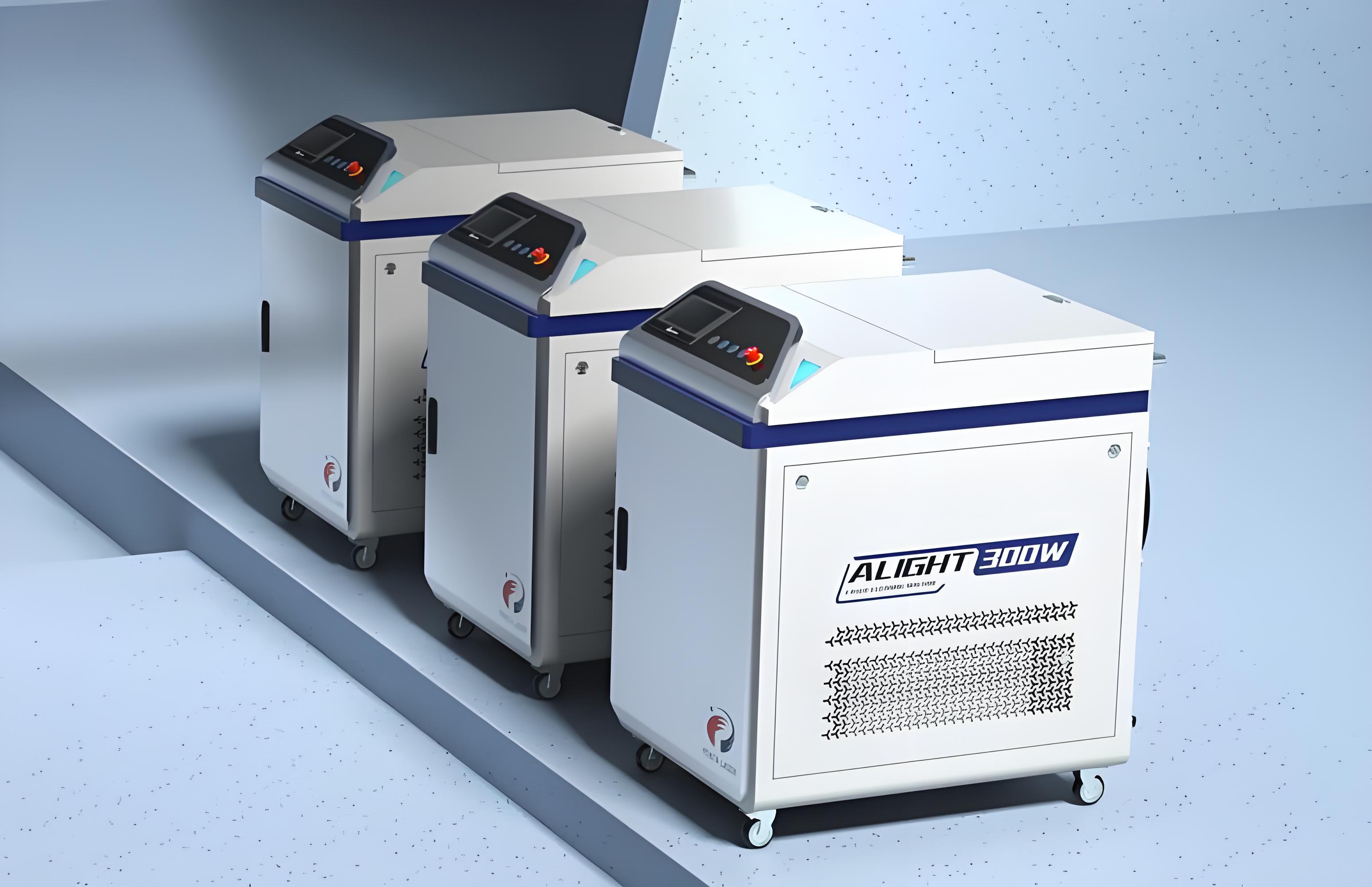
Related Questions and Answers
Q: How do I choose the right power level for a laser rust removal machine?
A: Match the power to your task. For light rust or small parts, 20W–100W is sufficient. For industrial jobs with heavy rust, go for 500W–1000W. Test different settings on a sample piece to find the sweet spot.
Q: Is laser rust removal safe for all metals?
A: Yes, when properly calibrated. Metals like steel, aluminum, and copper respond well, but reflective surfaces like polished aluminum may need lower power to avoid overheating. Always consult the machine’s manual.
Q: How much maintenance does a laser rust removal machine require?
A: Regular cleaning of the lens and cooling system checks are key. Most manufacturers recommend quarterly maintenance, but high-use machines may need monthly attention. Follow the maintenance schedule to avoid costly repairs.
Q: Can I use a laser rust removal machine for non-metal surfaces?
A: It’s primarily designed for metals, but some machines can clean stone or wood with adjusted settings. Check with the manufacturer to ensure compatibility and avoid damage.

